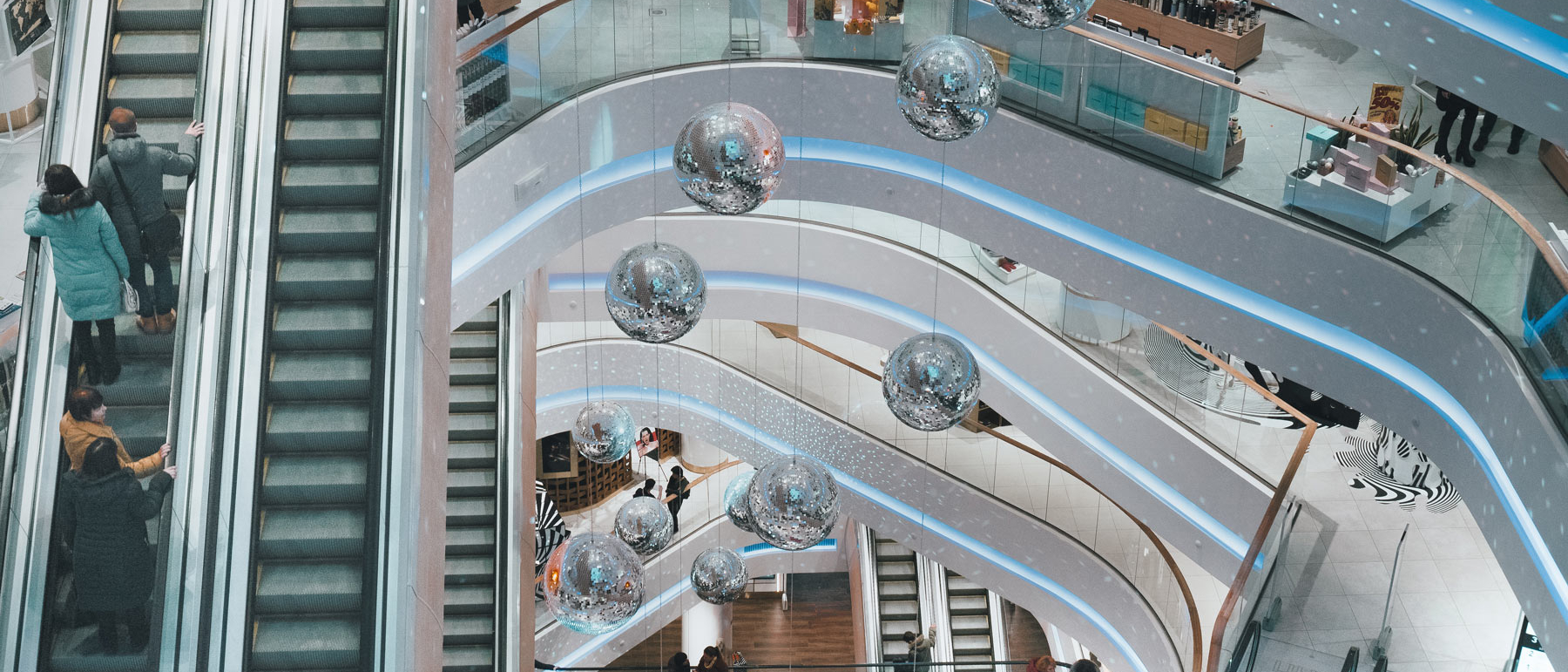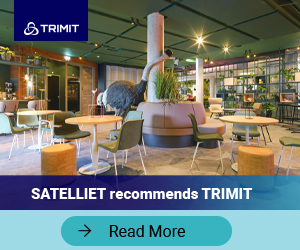Physical retail is not going anywhere, but it is changing in the face of digital. This creates an exciting opportunity for retailers to figure out what value their stores offer and maximise that.
Uddrag af artikel fra Retail Mag skrevet af stifter og trendansvarlig hos det London-baserede konsulentbureau Insider Trends, Cate Trotter.
Retail Mag er en del af abonnementet på Branchebladet 365DESIGN.
Shopping was once dictated by location. If you wanted to buy something, you were limited to the stores around you at that time. Even with different transportation options, the shopping radius was still fairly contained. It was also restricted to four-walled physical spaces. A store is where you went if you wanted to shop.
Not anymore. The spread of disruptive technologies like the internet and smartphones have changed a lot of things in our world. This includes the power to shop whenever we want, wherever we are, from retailers all over the world with the press of a button. Our purchases can even turn up at our door removing the need to go anywhere near a store. But if the world is now digital-first, where does that leave the store?
Retail is changing
Let us be clear – the majority of sales still take place in brick-and-mortar spaces despite what Amazon might have you think. But online sales are growing every year and eating away at the gap between the channels. Savvy retailers who have invested in their online and omnichannel services are seeing more than half of their sales coming from online already. In some cases, it is e-commerce that accounts for the entire growth of the company. Simply put, if they were not investing in online, they would not be growing year-on-year.
Clearly, the store is not going to remain the dominant sales channel. The future is digital-first – an ecosystem of channels and touchpoints from mobile to advertising to social media to website to store where we engage with brands. A sale may come from any of these, but the customer may interact through multiple touchpoints first. This has given many retailers pause for thought. We do not need the store to buy, but the store has been designed to sell. It may have been a place to be inspired, explore new trends, get advice and information, spend time with friends, but sales were its reason to exist. If sales are no longer the focus, the role must change.
The rise of experience
Going shopping has always been an experience. But that experience is changing though. There must be a compelling reason to leave your house and visit a store. A simple transaction is not always enough with so many other competitors for our time and attention – friends, family, TV, films, video games, smartphones and more.Experiential retail is the industry’s response. It is about making the store fun. It is making it a place where people want to spend time. Some retailers are doing this through simple design aesthetics and Instagrammable areas. Some retailers are bringing events and interaction into their spaces. Some are reimagining entirely what going to the store means.
Korean eyewear brand Gentle Monster is one example of this. Its spaces have more in common with art galleries than traditional stores. Each store is completely different from the rest. They all have a different theme, which is translated through sculptures, artwork, installations and more. They also have their own soundtrack and even smell. It means that every store is a unique experience. Visitors are just as likely to come in to explore the space as they are to buy glasses. This means that Gentle Monster is constantly exposing its brand to new customers. A visit to Gentle Monster is a different type of emotional shopping experience. It is engaging all the senses to create memories and connections. It is a tactic that natural bath and beauty brand Lush has employed for years to great effect. Compare the experience of buying soap at Lush to your average drugstore and it is not hard to tell, which customers visit because they want to, and which is a purely functional purchase.
The Boston Consulting Group found that brands that engage customers emotionally can charge more and sell more. Physical spaces still win over digital channels when it comes to truly bringing a brand to life. Brands are using their store assets to create links with customers that can be carried on into their digital channels. Or they are strengthening ties with online buyers by giving them somewhere to engage in person.
Vil du have fingrene i resten af artiklen og Retail Mag? Læs mere om det nye magasin her.








